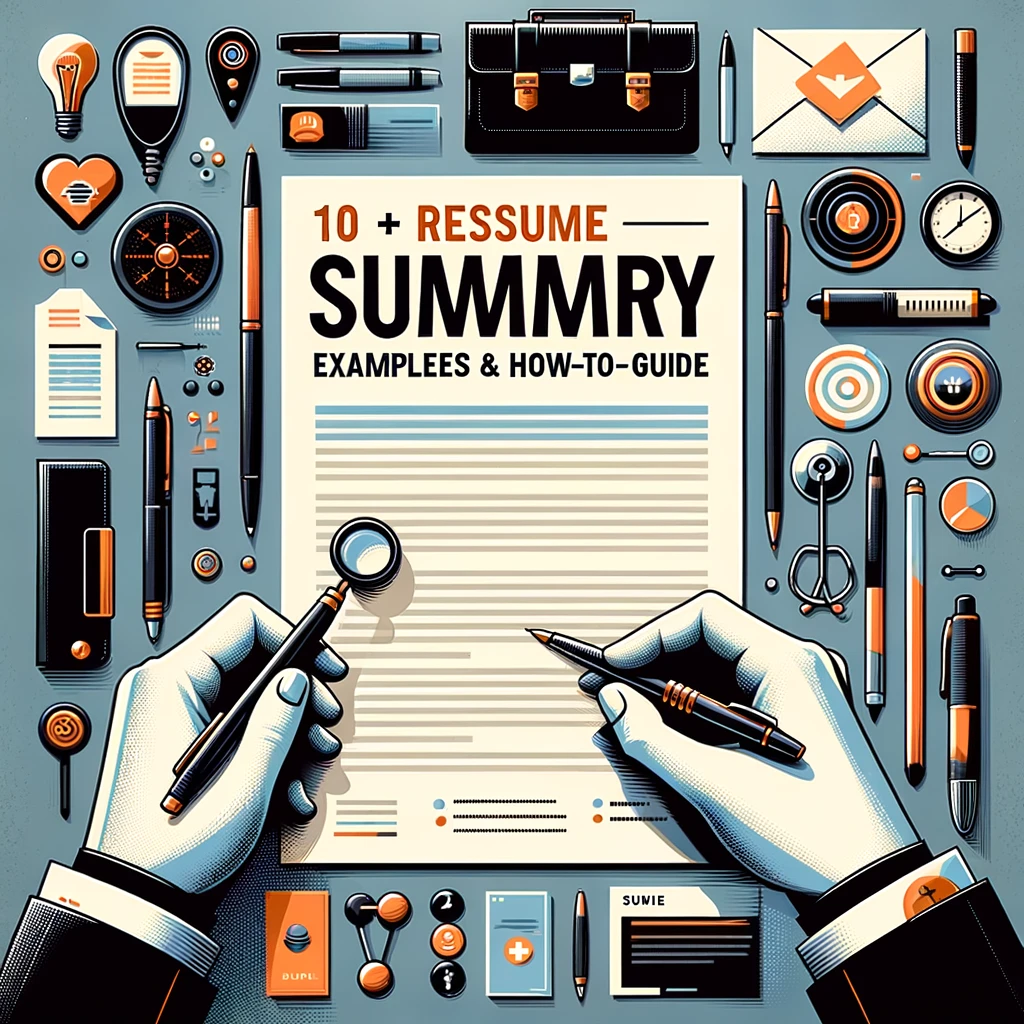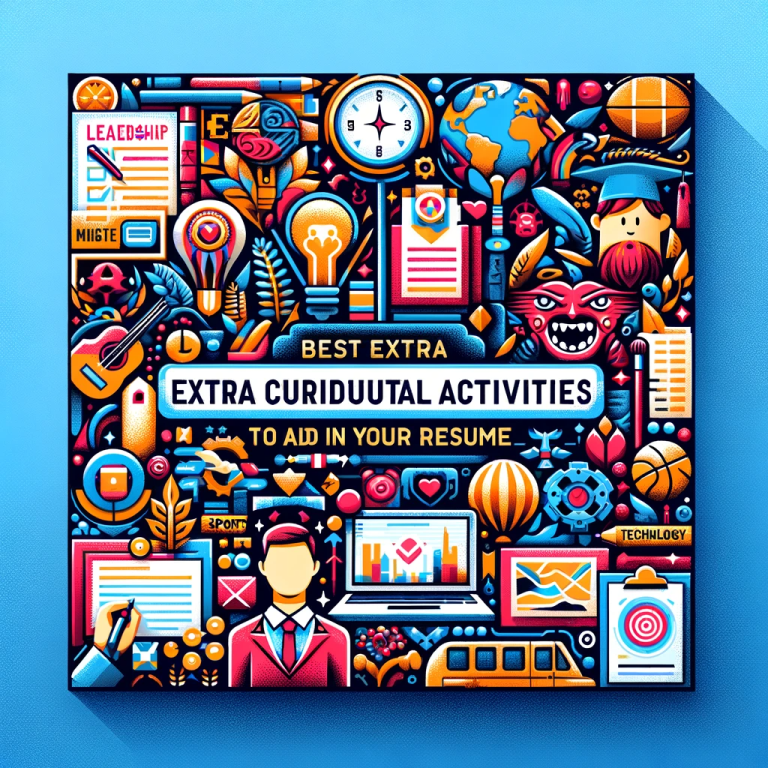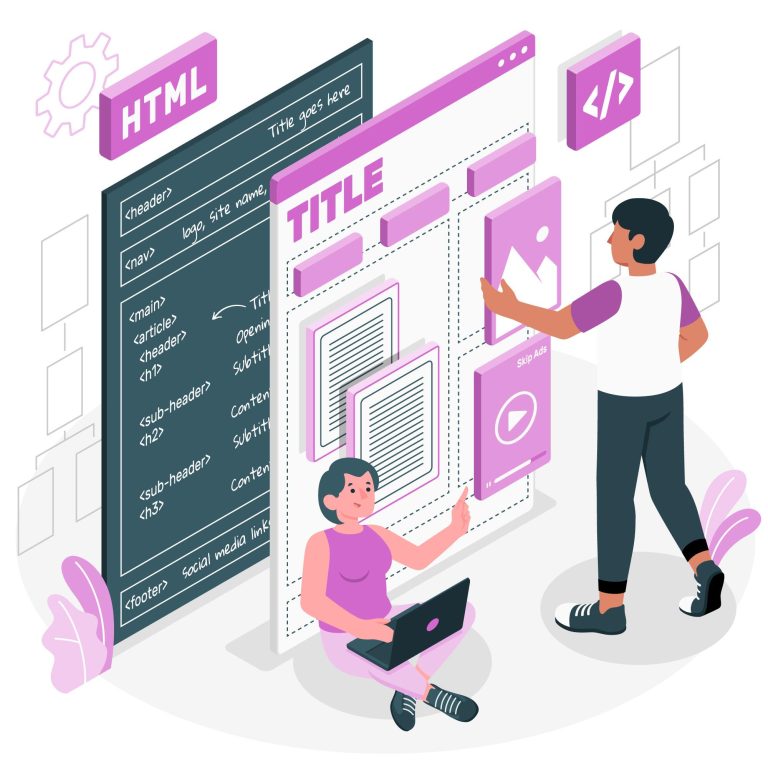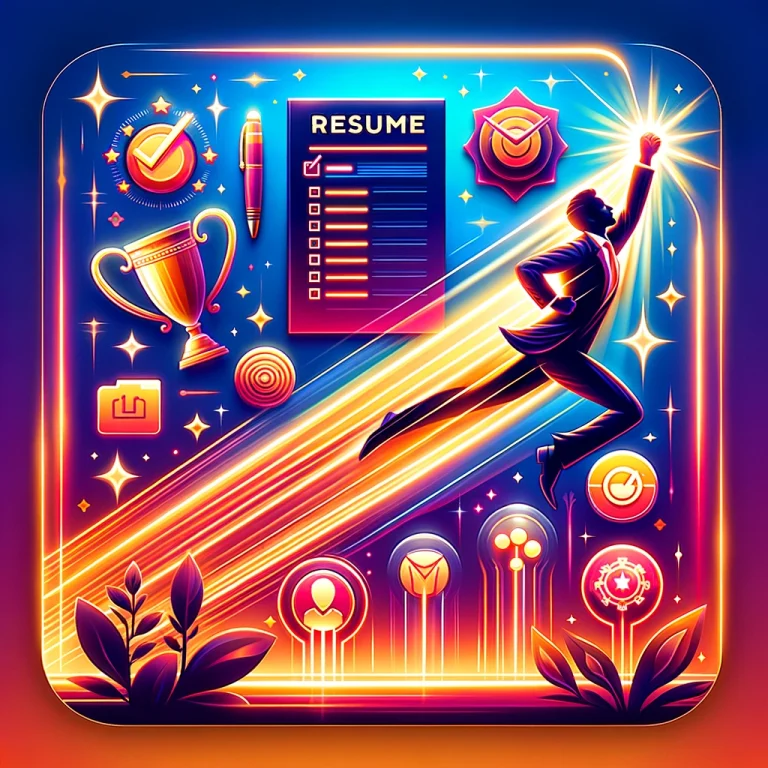10+ Resume Summary Examples & How-to Guide for 2024
Navigating the job market in 2024 requires more than just qualifications and experience; it demands a resume that stands out from the crowd. At the heart of this document lies the resume summary—a brief, yet powerful section that can make or break your chances of landing an interview. This guide dives deep into how to craft a resume summary that captures attention, along with top examples tailored for various scenarios.
Table of content:-
Introduction
The job landscape in 2024 is fiercely competitive and constantly evolving. Amidst this, your resume acts as your personal ambassador, making a strong, immediate impression essential. The resume summary, positioned at the forefront of your resume, serves this exact purpose. It provides a snapshot of your professional life, encapsulating your skills, experience, and achievements in a few impactful sentences.
Understanding Resume Summaries
What Is a Resume Summary?
A resume summary is a brief statement that highlights your key achievements, skills, and experience, tailored to the job you’re applying for. It’s like an elevator pitch: concise, compelling, and designed to sell your professional self in seconds.
Differences Between Resume Summaries and Objectives
The main difference between a resume summary and an objective lies in their focus. While a summary showcases what you bring to the table, an objective outlines what you’re looking for. In today’s job market, summaries are preferred as they emphasize your past successes and how they translate to future contributions.
Crafting Your Resume Summary
Key Components of an Effective Resume Summary
An effective resume summary should include:
- Years of experience: Give a quick overview of your professional journey.
- Major achievements: Highlight your top accomplishments with quantifiable results.
- Relevant skills: Mention skills that are pertinent to the job you’re applying for.
- Professional goals: Briefly state how you aim to contribute to the potential employer.
How to Tailor Your Summary to Your Target Job
Customization is key. Align your resume summary with the job description by:
- Incorporating keywords from the job listing.
- Focusing on relevant experiences and skills.
- Demonstrating how your background makes you a perfect fit for the role.
Resume Summary Examples
- For Recent Graduates
“Newly graduated with a Bachelor’s in Business Administration, specializing in digital marketing. Skilled in social media management, content creation, and data analysis from internships at top marketing firms. Eager to leverage my academic and practical knowledge to contribute to the dynamic team at [Company Name].”
- For Professionals with Work Experience
“Seasoned Project Manager with over 10 years of experience in the tech industry. Proven track record of delivering projects on time and within budget, leading to a 30% increase in profitability for previous employers. Expert in agile methodologies, team leadership, and strategic planning. Looking to bring my expertise to a challenging new role at [Company Name].”
- For Career Changers
“Passionate professional transitioning from a successful 8-year career in journalism to public relations. Bringing a strong foundation in storytelling, media relations, and content strategy. Proven ability to increase readership by 40% through innovative content campaigns. Excited to apply my communication skills and creative approach to the PR Specialist role at [Company Name].”
- Finance Professional
“Detail-oriented Financial Analyst with 4 years of experience in budgeting, forecasting, and financial reporting within the manufacturing sector. Expertise in analyzing financial data to identify trends, reduce costs, and increase profitability. Skilled in Excel, SAP, and financial modeling, with a strong understanding of GAAP. Proven ability to communicate complex financial information clearly to stakeholders. Ready to apply my analytical skills and strategic thinking to support the financial planning and decision-making processes at [Company Name].”
- Educator
“Passionate Elementary School Teacher with 8 years of experience in fostering a positive and engaging learning environment for diverse student populations. Specialized in developing innovative curriculum and instructional strategies to enhance student learning and academic performance. Committed to promoting critical thinking and problem-solving skills, while supporting the social and emotional development of students. Looking forward to contributing my experience and dedication to student success at [School Name].”
Industry-Specific Resume Summary Examples
Tailoring your resume summary to your specific industry by highlighting relevant experiences, skills, and achievements can significantly boost your chances of getting noticed.
- Tech Sector
“Dynamic software developer with 5 years of experience in developing scalable web applications using Java and Spring Boot. Contributed to a 20% improvement in application efficiency at [Previous Company]. Passionate about coding and eager to solve complex problems at [Company Name].”
- Healthcare
“Compassionate registered nurse with over 7 years of experience in fast-paced emergency departments. Recognized for excellence in patient care and efficiency in managing critical situations. Seeking to leverage my expertise and dedication to patient well-being in a challenging environment at [Hospital Name].”
How to Optimize Your Resume Summary for SEO
- Using Keywords Effectively: Incorporate industry-specific keywords and phrases from the job listing to ensure your resume passes through Applicant Tracking Systems (ATS).
- Leveraging Skills and Achievements: Highlight your most relevant skills and achievements that match the job description to make your resume more searchable.

Advanced Tips for a Compelling Resume Summary
- Incorporating Quantifiable Achievements: Use numbers and percentages to demonstrate your impact in previous roles.
- Showcasing Soft Skills: Mention essential soft skills, like communication or teamwork, that are relevant to the job.
Common Mistakes to Avoid in Your Resume Summary
- Being Too Vague: Avoid generic statements. Be specific about your skills and achievements.
- Overstuffing with Keywords: While keywords are important, stuffing them can make your summary unreadable and may lead to rejection by ATS.
Conclusion
A compelling resume summary is your chance to make a memorable first impression. By following the guidelines outlined in this guide and tailoring your summary to each application, you’ll set the stage for success in the 2024 job market.
FAQ’S
- How do I incorporate keywords without overstuffing my resume summary?
Incorporating keywords into your resume summary effectively, without overstuffing, involves a strategic approach that balances between aligning with the job description and maintaining the natural flow of your summary. Here’s how you can achieve this:
- Understand Job Descriptions: Start by thoroughly reading job descriptions of interest and identify common keywords and phrases. These might include specific skills, qualifications, job titles, software, or industry buzzwords.
- Select Relevant Keywords: Choose keywords that are most relevant to your experience and the job you’re applying for. Prioritize those that accurately describe your skills, experiences, and the value you bring.
- Use Variations: Incorporate synonyms or variations of your keywords to cover different ways an employer might phrase them. This approach helps you to appear in more search results without repeating the same words too frequently.
- Integrate Naturally: Weave your selected keywords into the narrative of your resume summary in a way that feels natural. Instead of listing keywords, use them to succinctly describe your achievements and experiences. For example, instead of saying “SEO, Content Marketing, Social Media Management,” you might say, “Expert in enhancing online visibility and engagement through targeted SEO strategies, content marketing, and social media management.”
- Quantify Achievements: Whenever possible, use numbers and data to quantify your achievements. This not only provides concrete evidence of your capabilities but also allows you to naturally include keywords. For example, “Increased website traffic by 40% in 6 months through strategic SEO initiatives.”
- Optimize for ATS: Many employers use Applicant Tracking Systems (ATS) to filter resumes based on keyword match. To optimize for ATS without overstuffing, ensure your resume summary (and entire resume) contains keywords relevant to the job description, but always in a context that demonstrates value and competence.
- Keep It Concise: Your resume summary should be brief and impactful. Aim for 3-4 sentences that highlight your most relevant qualifications, experiences, and achievements. This constraint naturally helps prevent keyword overstuffing as it forces you to be selective with your language.
- Review and Revise: After incorporating your keywords, review your resume summary to ensure it reads naturally and clearly conveys your professional narrative. If necessary, revise to improve flow or adjust keyword density.
- How can I ensure my resume summary is concise yet detailed?
Ensuring your resume summary is concise yet detailed involves striking a balance between brevity and providing enough information to showcase your qualifications and achievements compellingly. Here are some strategies to achieve this balance:
- Focus on Relevance: Highlight experiences and skills most relevant to the job you’re applying for. This approach helps you stay on topic and avoids wasting space on unrelated details.
- Quantify Achievements: Use numbers and metrics to demonstrate your accomplishments. Quantifiable achievements can convey a lot of information in a few words, such as “Increased sales by 30% in one year.”
- Use Powerful Language: Employ action verbs and impactful words to make a strong impression with fewer words. Phrases like “Spearheaded a team” or “Optimized processes for efficiency” are both concise and descriptive.
- Prioritize Your Top Qualifications: Identify the three to four key points that best represent your qualifications for the job. This might include a mix of technical skills, major accomplishments, and years of experience in the field.
- Tailor Your Summary: Customize the summary for each job application to ensure it aligns with the job description. This tailoring process forces you to focus on the most relevant details, making it easier to keep the summary concise.
- Avoid Repetitions: Ensure each sentence adds new information. Repetitive statements can dilute the impact of your summary and waste valuable space.
- Limit the Length: Aim for a summary that is three to four sentences long. This constraint encourages you to distill your professional story down to its essence.
- Edit Ruthlessly: After writing your summary, edit it down to remove any unnecessary words or phrases. Look for ways to say the same thing in fewer words without losing meaning.
- Seek Feedback: Sometimes, it’s challenging to evaluate your own work objectively. Ask a mentor, colleague, or professional in your field to review your summary and suggest improvements.
- How often should I update my resume summary?
Updating your resume summary should be a dynamic process, reflecting changes in your career goals, experiences, and the types of roles you are applying for. While there’s no one-size-fits-all rule for how often you should update your resume summary, here are some guidelines to help you decide:
- When Applying for a New Job: Customize your resume summary for each job application to align with the job description. This ensures you highlight the most relevant skills, experiences, and achievements.
- After Gaining New Experiences: Update your summary if you’ve gained new, relevant experience, such as a significant project, new role, or professional accomplishment. This keeps your resume current and showcases your growth.
- When Changing Career Focus: If you’re pivoting to a new industry or role, revise your summary to reflect your new direction and how your past experiences apply to your new career goals.
- Annually as a Check-in: Even if you’re not actively job searching, it’s a good practice to review and update your resume summary at least once a year. This can be part of a broader career check-in to assess your progress and career goals.
- After Acquiring New Skills or Certifications: If you’ve completed significant training, earned certifications, or developed new skills that enhance your qualifications, update your summary to include these accomplishments.
- When Industry Demands Shift: Industries evolve, and the skills or experiences in demand can change. Stay informed about trends in your field and adjust your resume summary to remain competitive.
- Before Networking Events: If you plan to attend professional gatherings, conferences, or networking events, ensure your resume summary is up-to-date. You never know when an opportunity might arise.

🔴Do you have an ATS (Automatic tracking system) Compliant CV?
🔴Do you have a CV which is globally acceptable?
🔴Do you have professional content in your CV?
✅Get your CV designed and developed today !! Professionally .
Need help with your resume? Our Top professional resume writers can assist you! Get your free resume review today!
for more information visit our website- www.prosumely.com







